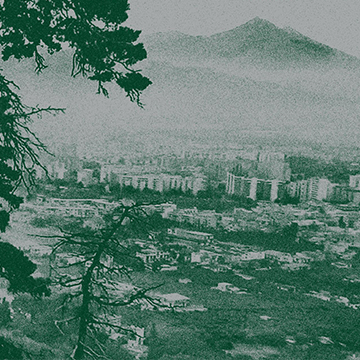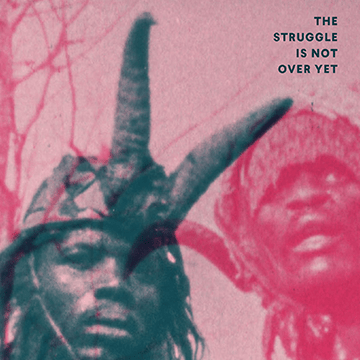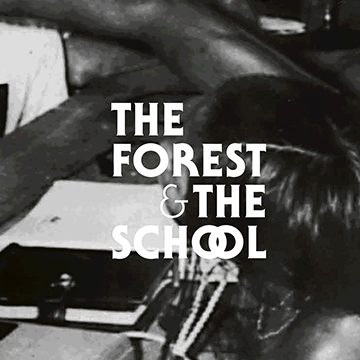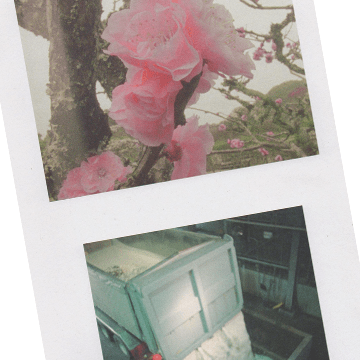Dialogue forms the basis of everything in my artistic practice. I never work in a vacuum, never just in my head or shut away in a studio. I always view myself as being in a dialogue with the world, with others. I travel a lot for my work and I’m dependent on people to talk with locally, on hospitality and collaboration. For some time, I’ve also been interested in the way we can understand plants as actors in history, in other words, not just as passive extras. Of course, plants don’t talk in words, but they are still communicating through smells, colours, or toxins. So conversations always take place on various levels.
Tag: nature
The Struggle Is Not Over Yet
A conference, hosted by the International Center for the Arts José de Guimarães, borrowed its title from an unfinished film stored in an archive in Bissau. 'Luta ca caba inda' (The struggle is not over yet) was conceived as a documentary film on post-independence Guinea-Bissau, but was abandoned in the editing process in 1980. The archive testifies to a decade of collective and internationally connected cinema praxis in the country, as part of the people’s struggle for independence from Portuguese colonialism.
The Forest and The School / Where To Sit at the Dinner Table
Edited by the writer and visual artist Pedro Neves Marques, this book is a thorough anthology on Brazilian Antropofagia. It presents Antropofagia not simply as an aesthetic movement, based on acculturation or an hybridity exemplary of the tropics, but as a full scope South American cosmopolitics, defined by predation and the immanence of the enemy, by an humanity unbound from species, and a technology aimed at leisure.
Shape Shifting
Shape Shifting is the practice of a landscape by which it preserves and changes simultaneously. Shape Shifting is a film as well, akin to a living territory, both build themselves in response to a broader environment by transforming their internal composition. Being a landscape, or drawing a cartography of a landscape is to develop an attentiveness towards the doings of human and nonhuman forces. The book brings together the receptivity of images and the spontaneity of words, from there different theories emerge.



